Abstract
1. Subcutaneous injections of opiates produced the Straub tail reaction in mice. The potencies of the opiates in mice were consistent with previous estimates of the analgesic potencies in animals and in man.
2. The potencies of sixteen antagonists in counteracting the reaction were consistent with those previously obtained with the rat tail-flick test.
3. The (-) isomers of four benzomorphan derivatives were much more potent in counteracting the reaction than their (+) isomers and about twice as potent as their racemates. The activity of the isomers seemed to follow Pfeiffer's rule: the lower the effective dose of a drug, the greater the difference in the pharmacological effects of the optical isomers. One of the trans isomers acted like an opiate, while its cis isomer acted like an antagonist.
4. Naloxone and nalorphine fulfilled conventional criteria for competitive antagonism, whereas atropine and the (-) and the (+) isomers of pentazocine and of cyclazocine did not do so.
5. The Straub tail test seems to be useful for studying structure-activity relations among opiates and opiate antagonists.
Full text
PDF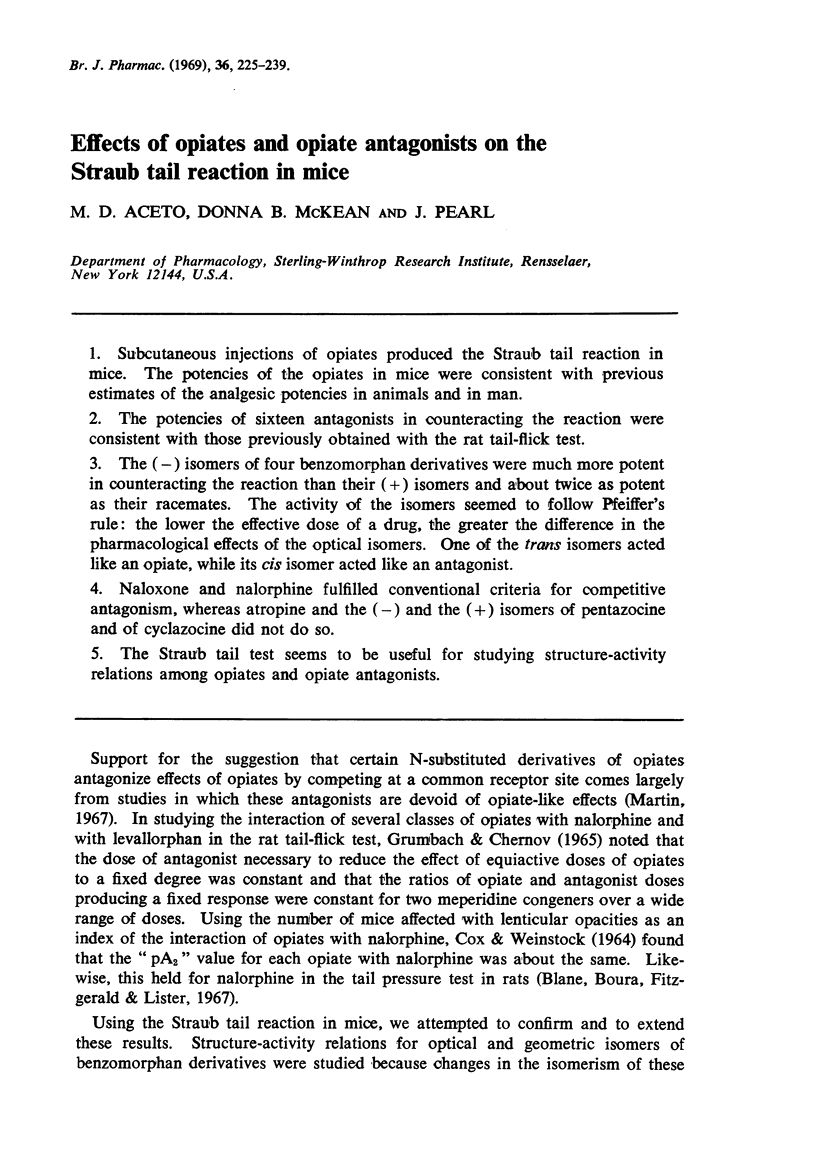
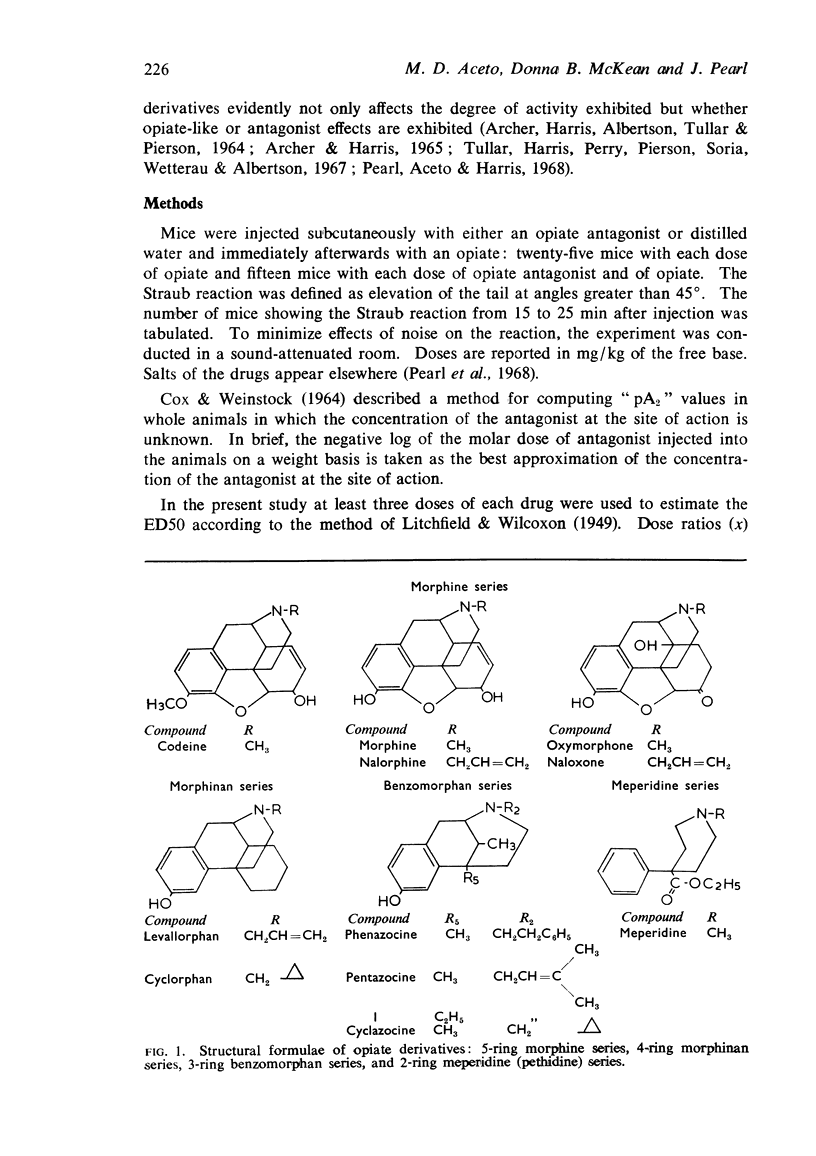
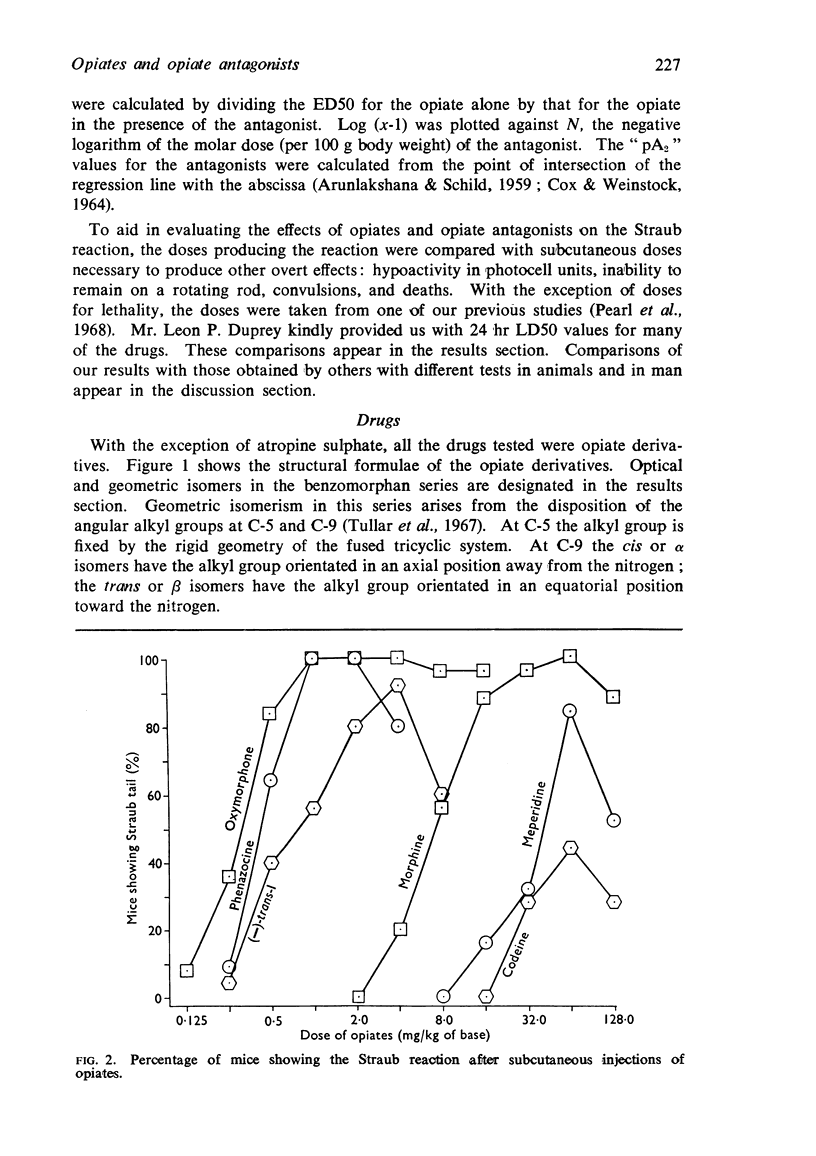
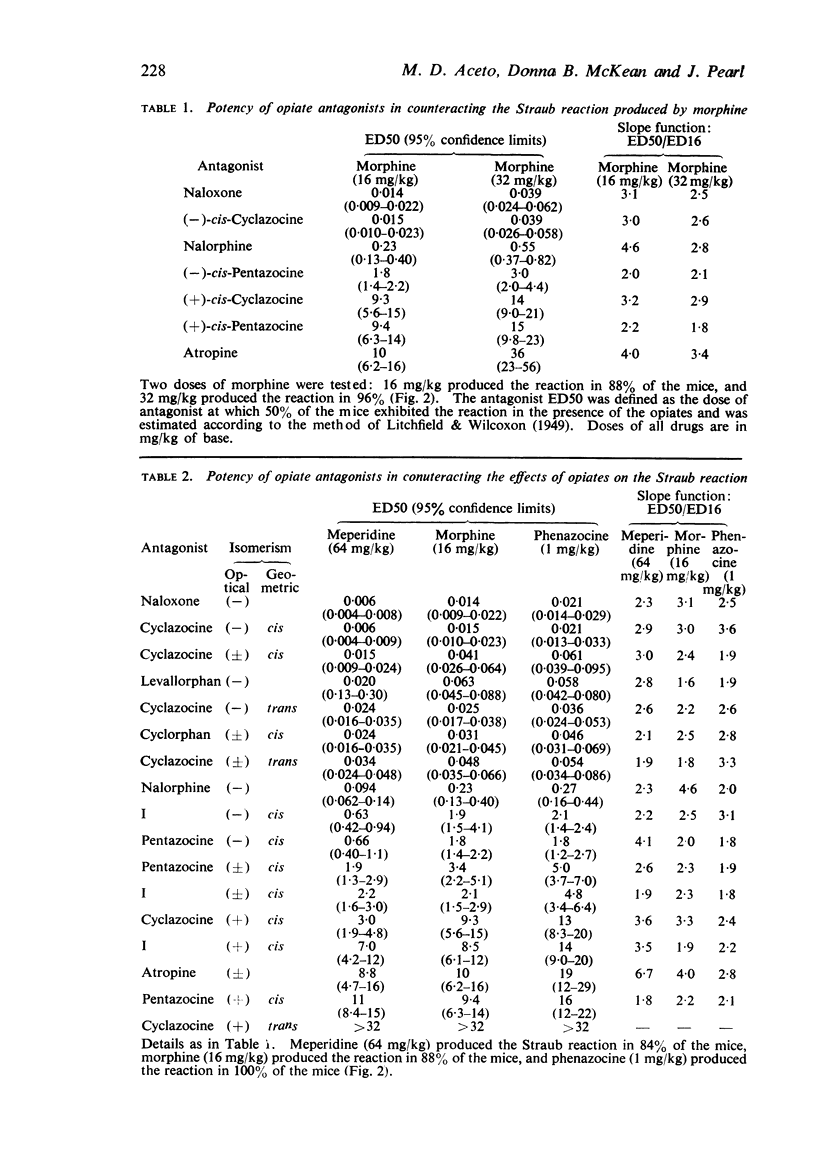
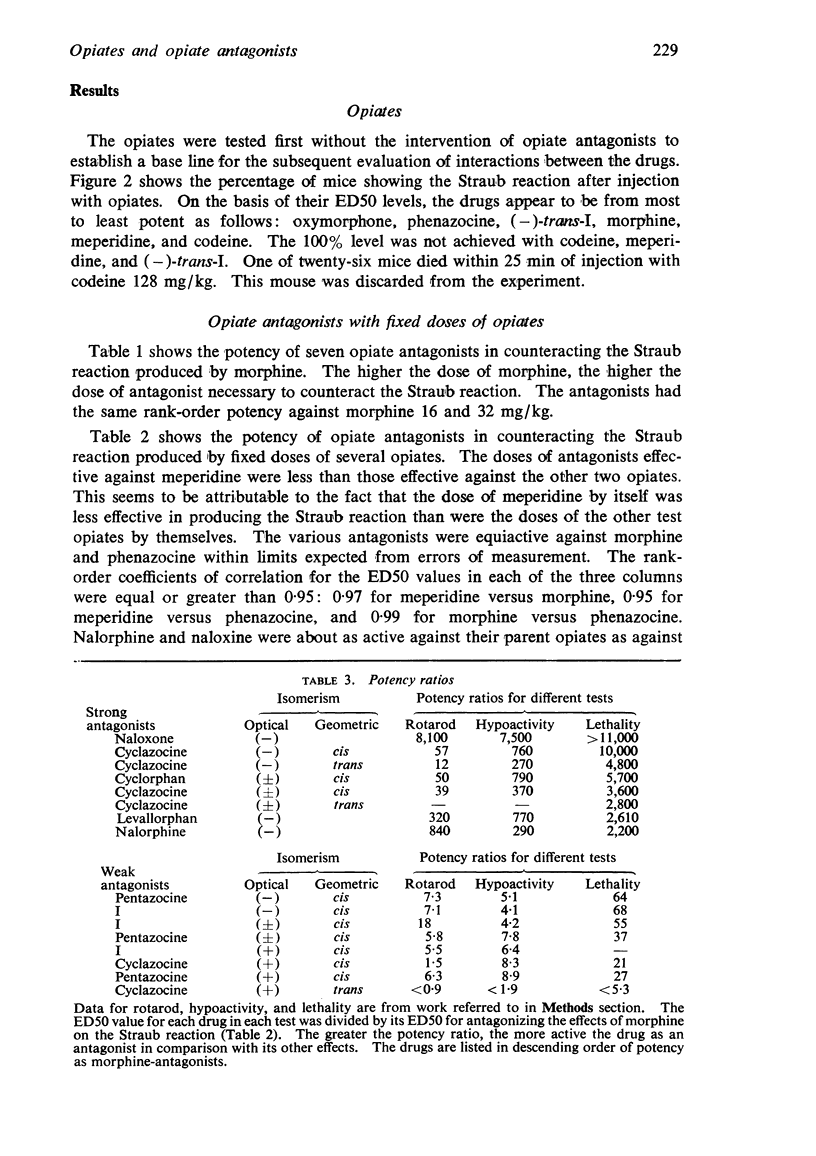
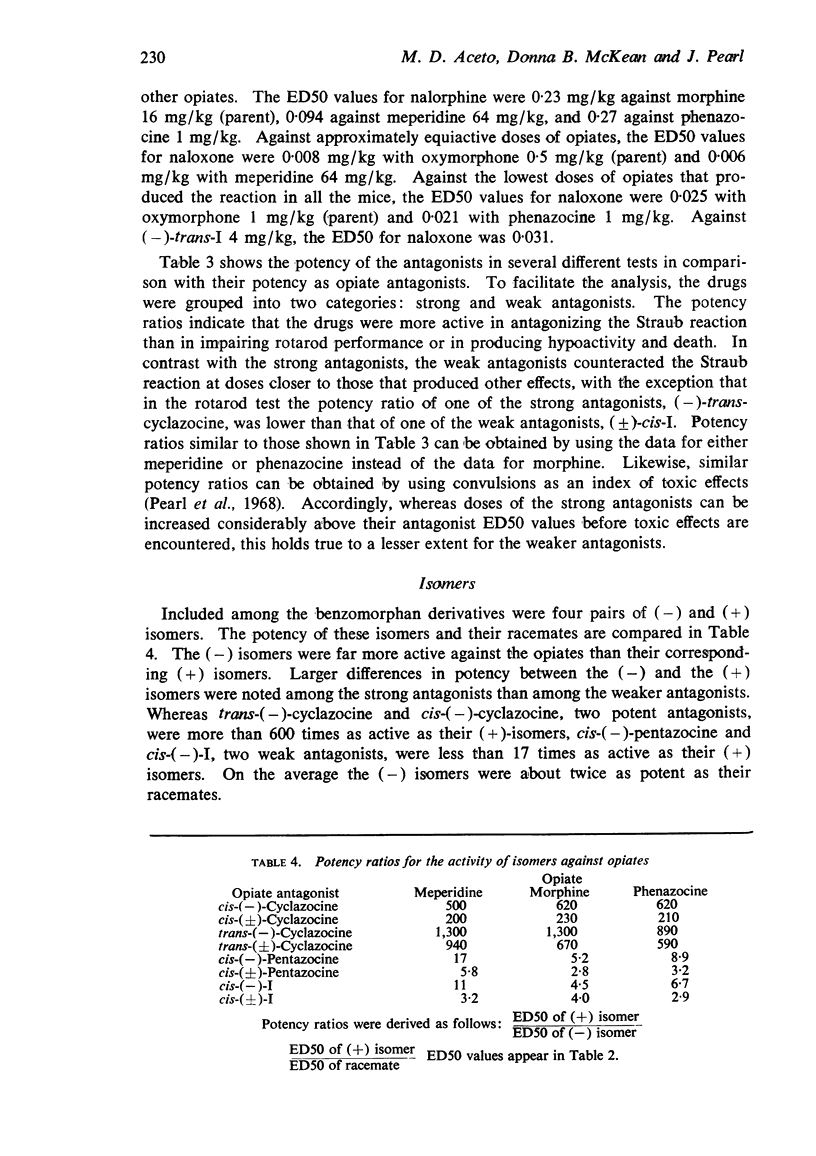
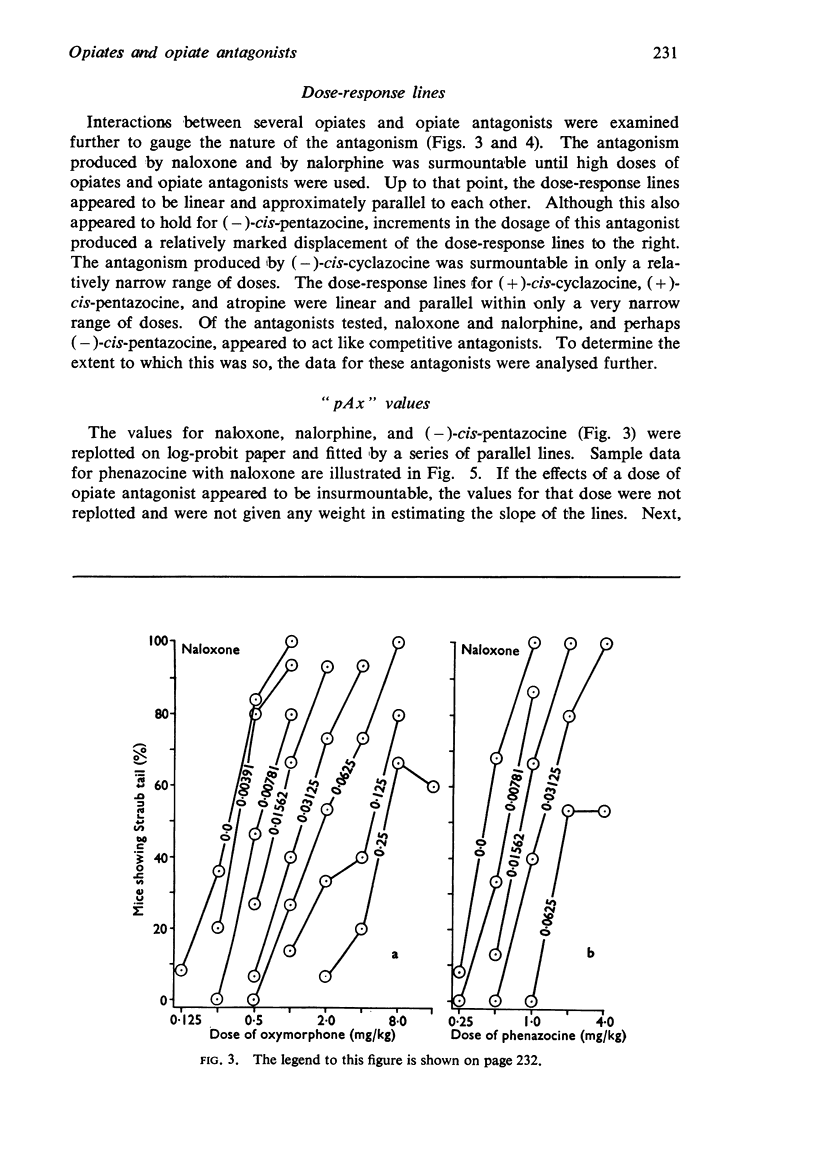
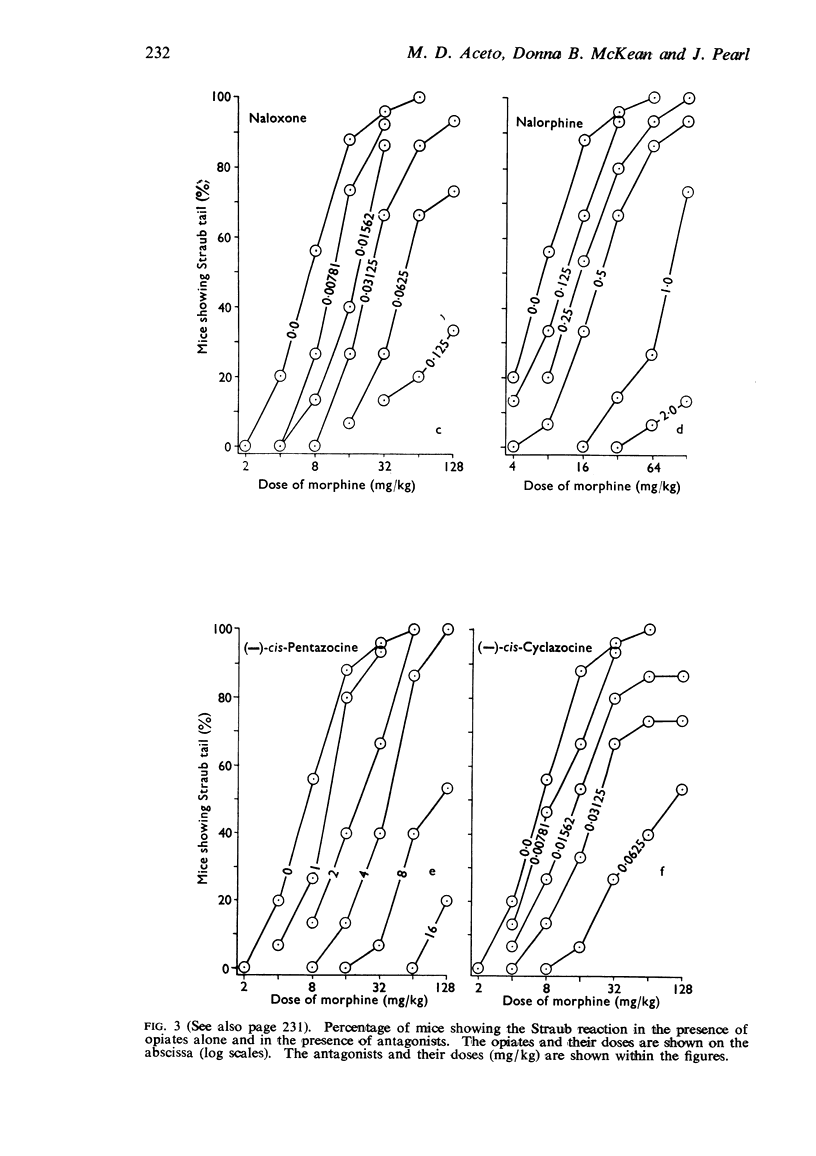
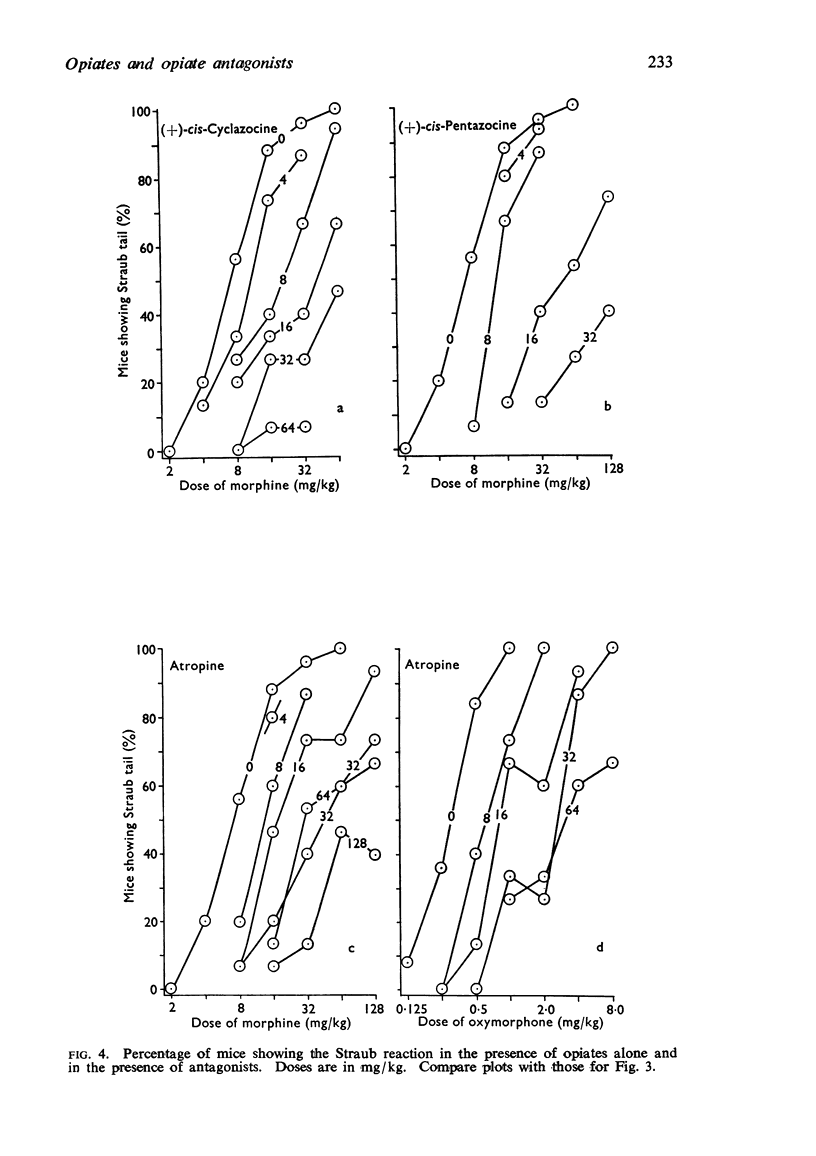
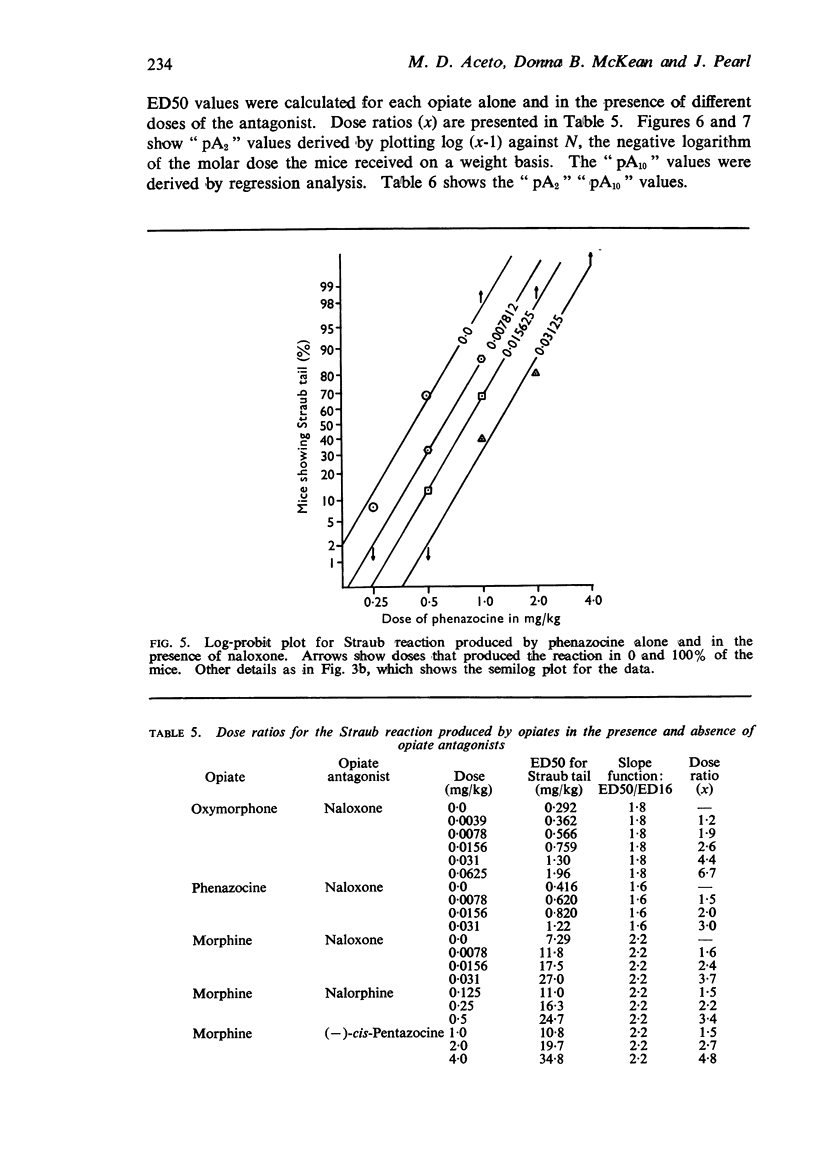
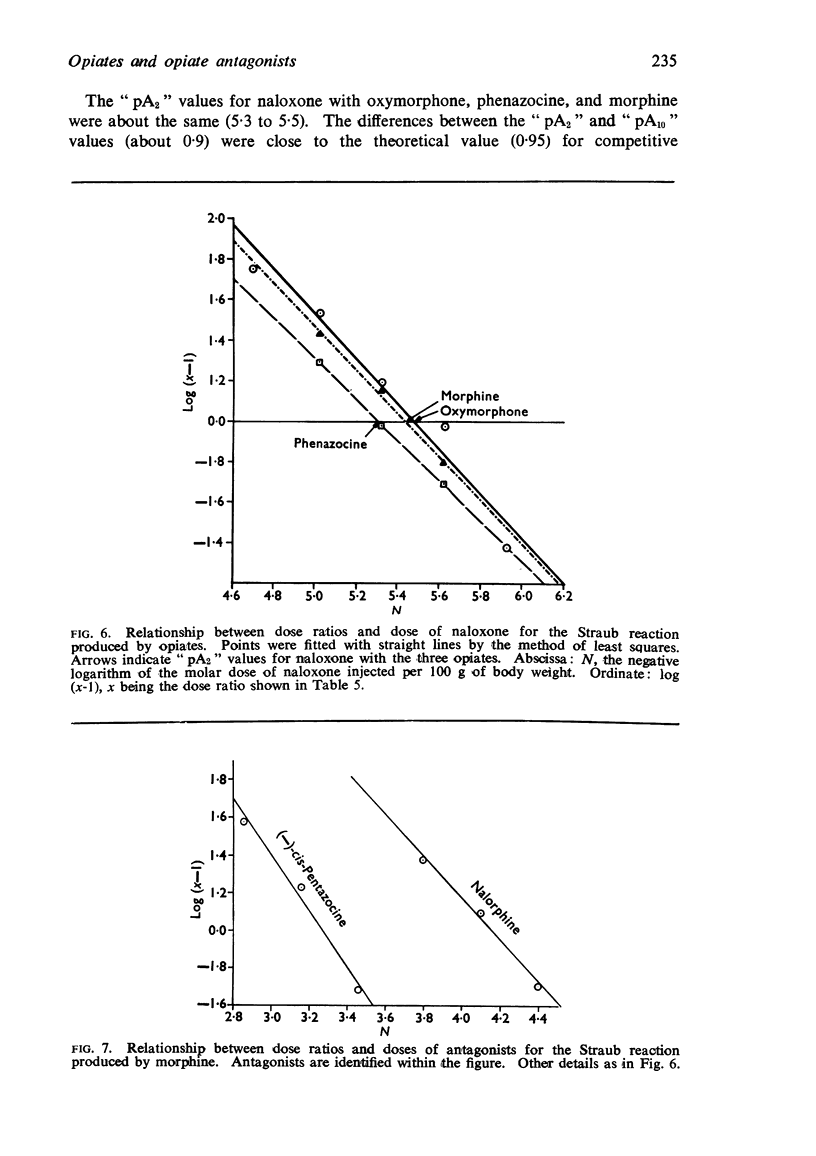
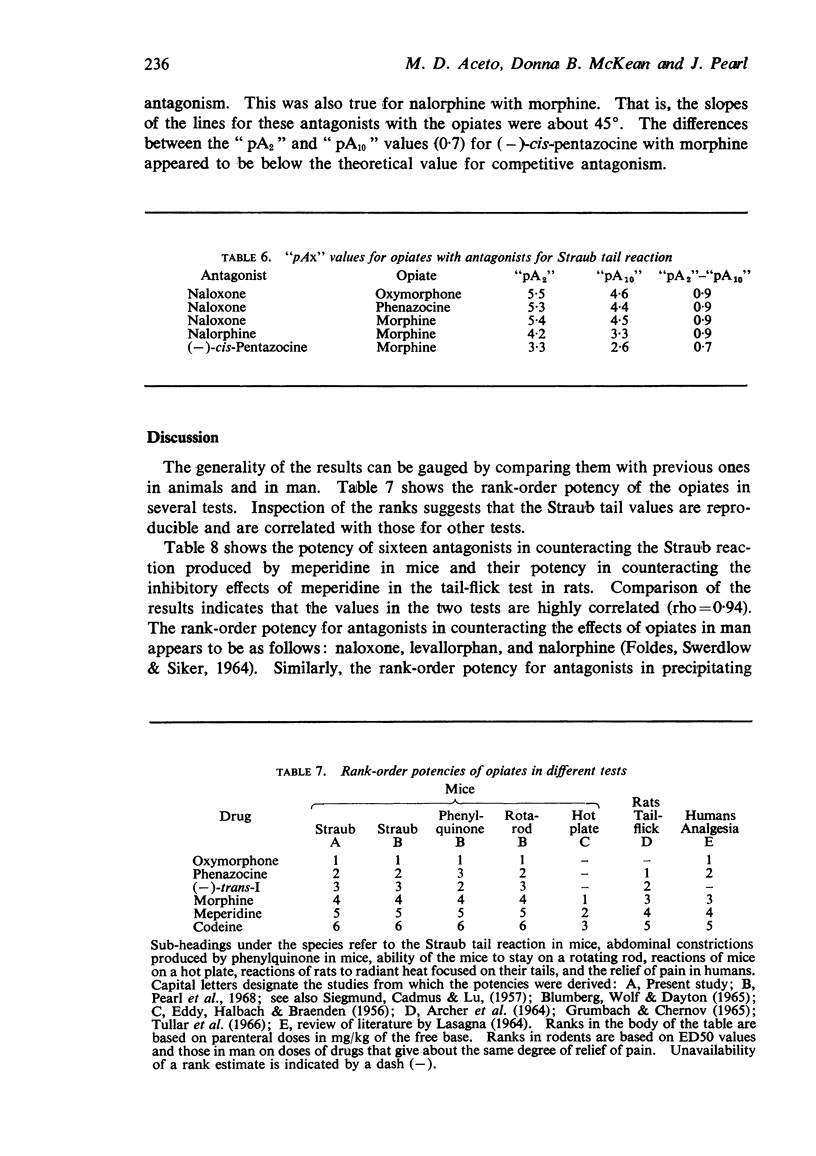
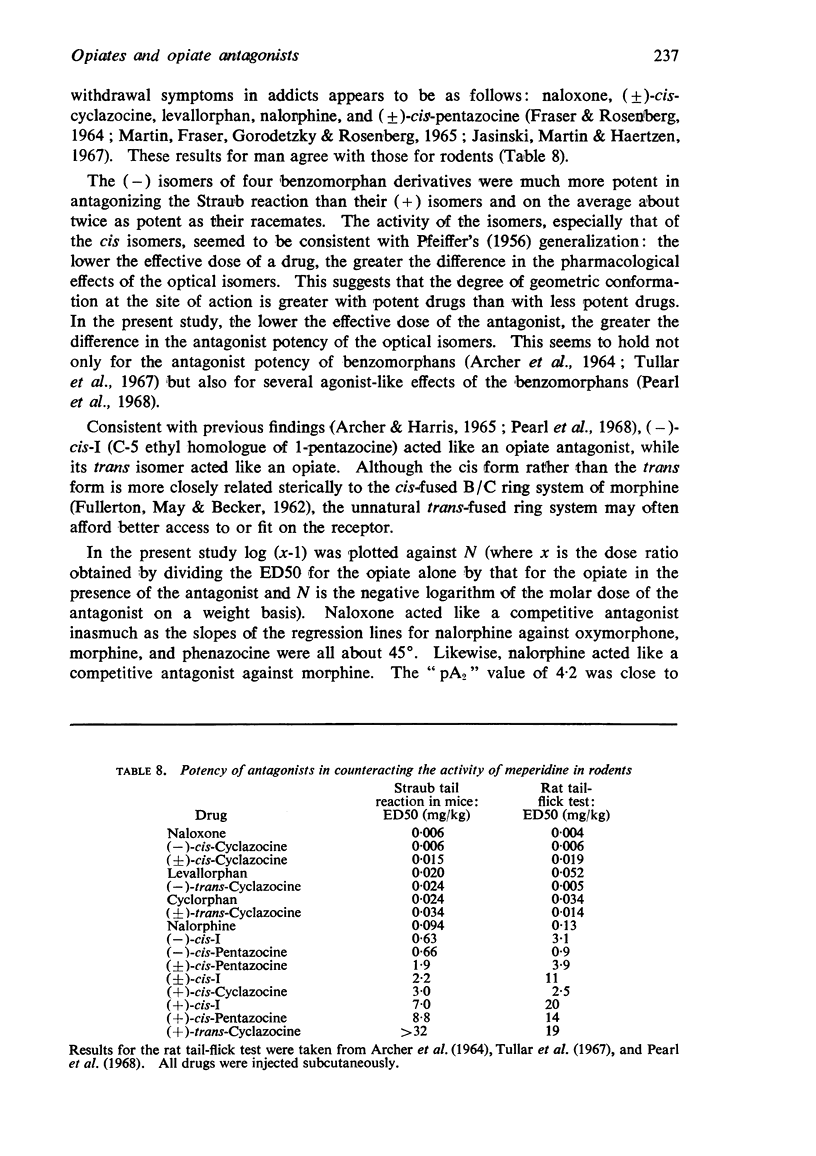
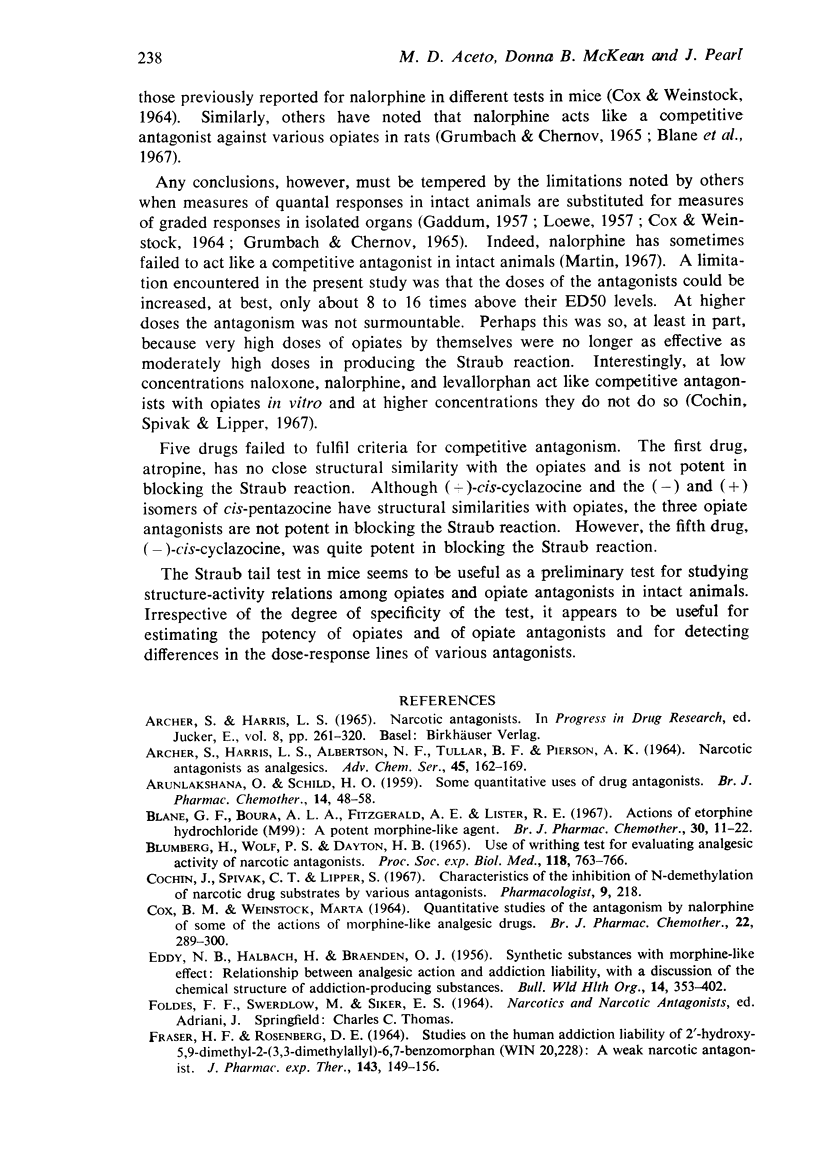
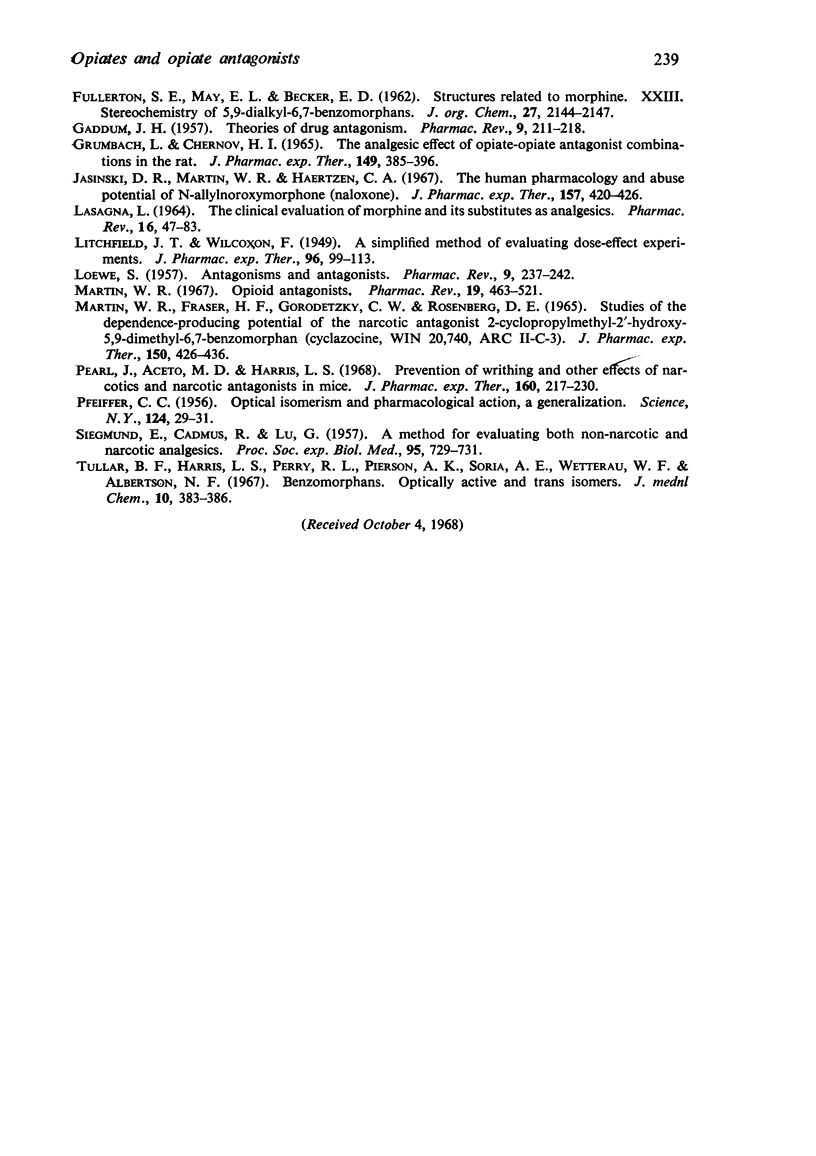
Selected References
These references are in PubMed. This may not be the complete list of references from this article.
- ARUNLAKSHANA O., SCHILD H. O. Some quantitative uses of drug antagonists. Br J Pharmacol Chemother. 1959 Mar;14(1):48–58. doi: 10.1111/j.1476-5381.1959.tb00928.x. [DOI] [PMC free article] [PubMed] [Google Scholar]
- Archer S., Harris L. S. Narcotic antagonists. Fortschr Arzneimittelforsch. 1965;8:261–320. doi: 10.1007/978-3-0348-7056-6_4. [DOI] [PubMed] [Google Scholar]
- BLUMBERG H., WOLF P. S., DAYTON H. B. USE OF WRITHING TEST FOR EVALUATING ANALGESIC ACTIVITY OF NARCOTIC ANTAGONISTS. Proc Soc Exp Biol Med. 1965 Mar;118:763–766. doi: 10.3181/00379727-118-29963. [DOI] [PubMed] [Google Scholar]
- Blane G. F., Boura A. L., Fitzgerald A. E., Lister R. E. Actions of etorphine hydrochloride, (M99): a potent morphine-like agent. Br J Pharmacol Chemother. 1967 May;30(1):11–22. doi: 10.1111/j.1476-5381.1967.tb02108.x. [DOI] [PMC free article] [PubMed] [Google Scholar]
- COX B. M., WEINSTOCK M. QUANTITATIVE STUDIES OF THE ANTAGONISM BY NALORPHINE OF SOME OF THE ACTIONS OF MORPHINE-LIKE ANALGESIC DRUGS. Br J Pharmacol Chemother. 1964 Apr;22:289–300. doi: 10.1111/j.1476-5381.1964.tb02034.x. [DOI] [PMC free article] [PubMed] [Google Scholar]
- EDDY N. B., HALBACH H., BRAENDEN O. J. Synthetic substances with morphine-like effect; relationship between analgesic action and addiction liability, with a discussion of the chemical structure of addiction-producing substances. Bull World Health Organ. 1956;14(3):353–402. [PMC free article] [PubMed] [Google Scholar]
- FRASER H. F., ROSENBERG D. E. STUDIES ON THE HUMAN ADDICTION LIABILITY OF 2'-HYDROXY-5-9-DIMETHYL-2-(3,3-DIMETHYLALLYL)-6,7-BENZOMORPHAN (WIN 20,228): A WEAK NARCOTIC ANTAGONIST. J Pharmacol Exp Ther. 1964 Feb;143:149–156. [PubMed] [Google Scholar]
- GADDUM J. H. Theories of drug antagonism. Pharmacol Rev. 1957 Jun;9(2):211–218. [PubMed] [Google Scholar]
- Grumbach L., Chernov H. I. The analgesic effect of opiate-opiate antagonist combinations in the rat. J Pharmacol Exp Ther. 1965 Sep;149(3):385–396. [PubMed] [Google Scholar]
- Jasinski D. R., Martin W. R., Haertzen C. A. The human pharmacology and abuse potential of N-allylnoroxymorphone (naloxone). J Pharmacol Exp Ther. 1967 Aug;157(2):420–426. [PubMed] [Google Scholar]
- LASAGNA L. THE CLINICAL EVALUATION OF MORPHINE AND ITS SUBSTITUTES AS ANALGESICS. Pharmacol Rev. 1964 Mar;16:47–83. [PubMed] [Google Scholar]
- LOEWE S. Antagonisms and antagonists. Pharmacol Rev. 1957 Jun;9(2):237–242. [PubMed] [Google Scholar]
- Martin W. R., Fraser H. F., Gorodetzky C. W., Rosenberg D. E. Studies of the dependence-producing potential of the narcotic antagonist 2-cyclopropylmethyl-2'-hydroxy-5,9-dimethyl-6,7-benzomorphan (cyclazocine, WIN-20,740, ARC II-c-3). J Pharmacol Exp Ther. 1965 Dec;150(3):426–436. [PubMed] [Google Scholar]
- Martin W. R. Opioid antagonists. Pharmacol Rev. 1967 Dec;19(4):463–521. [PubMed] [Google Scholar]
- PFEIFFER C. C. Optical isomerism and pharmacological action, a generalization. Science. 1956 Jul 6;124(3210):29–31. doi: 10.1126/science.124.3210.29. [DOI] [PubMed] [Google Scholar]
- Pearl J., Aceto M. D., Harris L. S. Prevention of writhing and other effects of narcotics and narcotic antagonists in mice. J Pharmacol Exp Ther. 1968 Mar;160(1):217–230. [PubMed] [Google Scholar]
- SIEGMUND E., CADMUS R., LU G. A method for evaluating both non-narcotic and narcotic analgesics. Proc Soc Exp Biol Med. 1957 Aug-Sep;95(4):729–731. doi: 10.3181/00379727-95-23345. [DOI] [PubMed] [Google Scholar]


